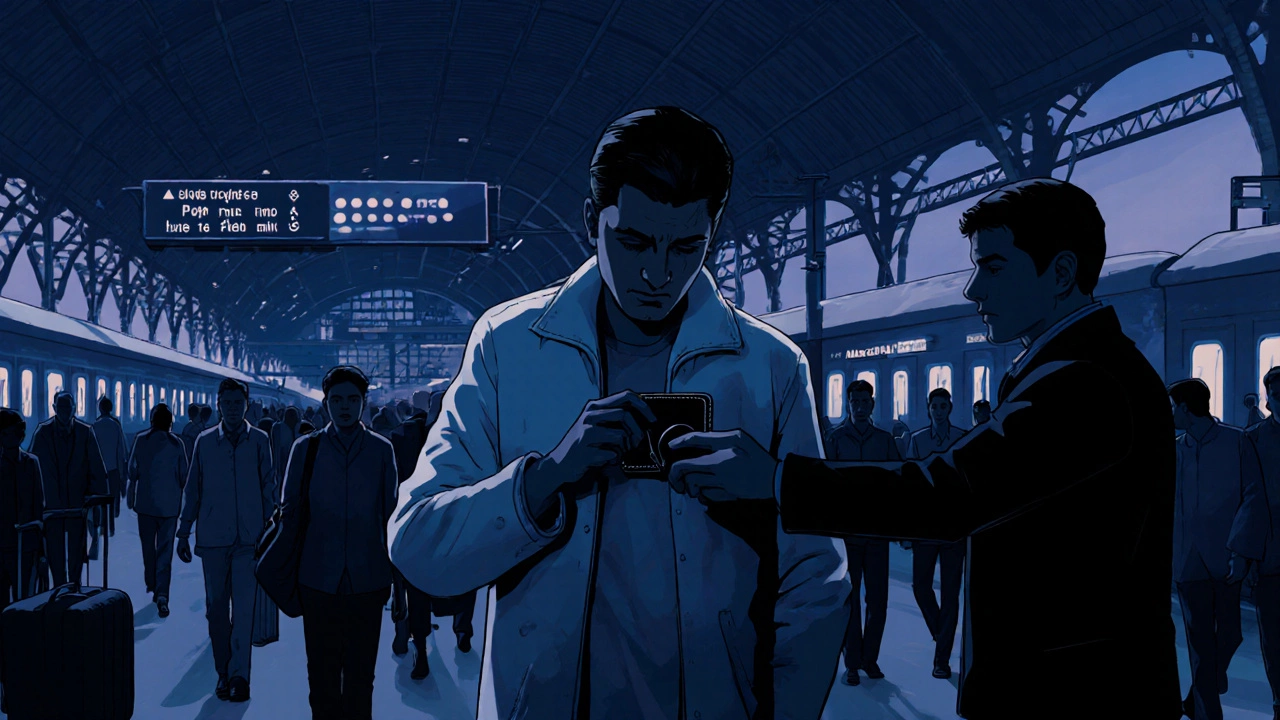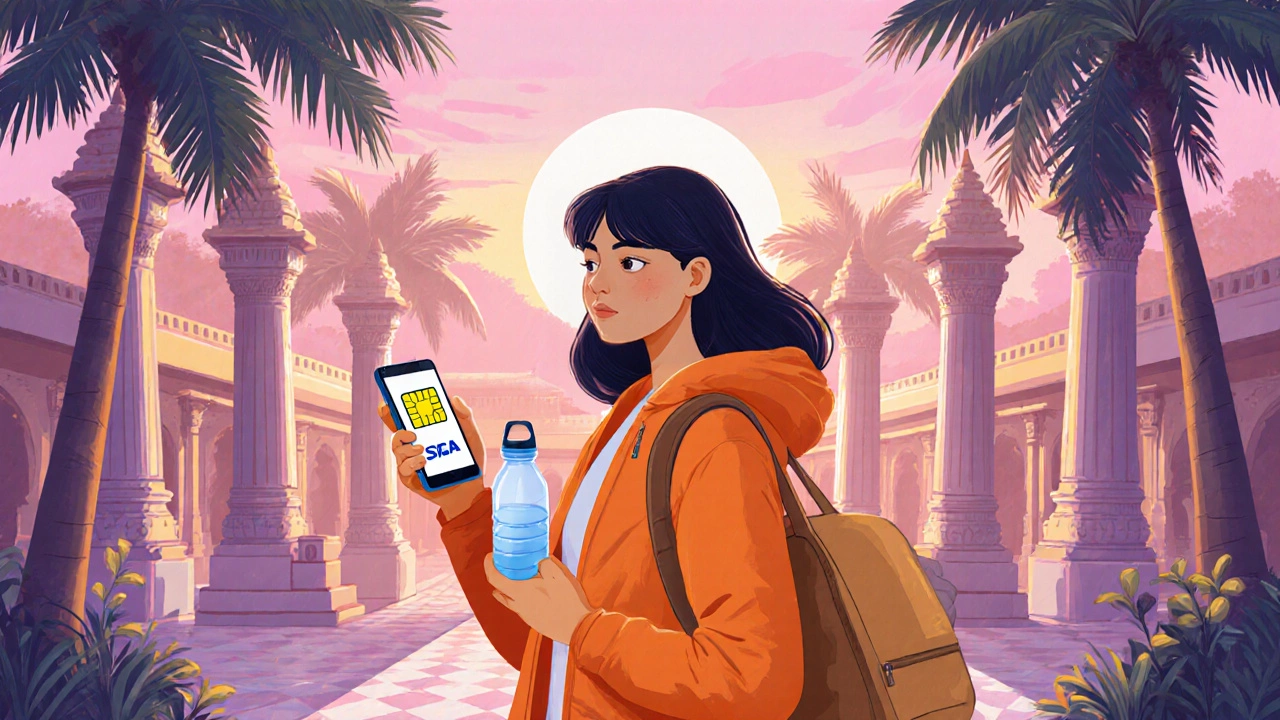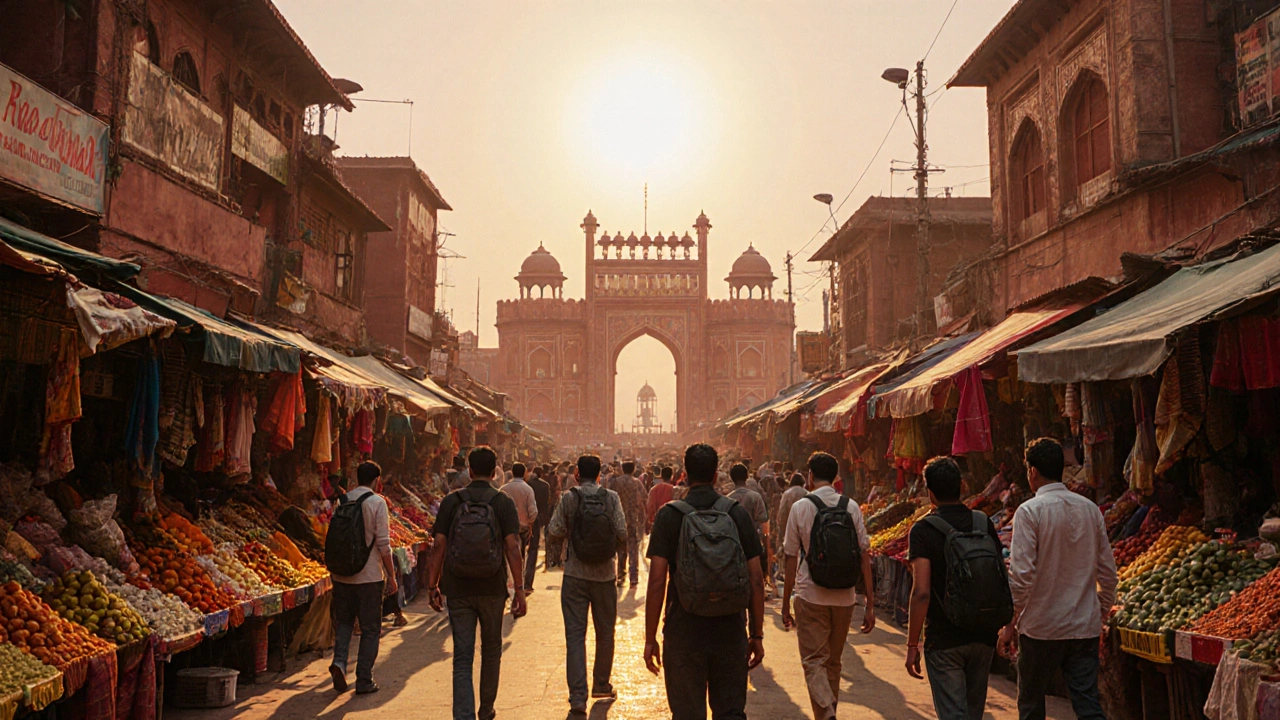India Regional Safety Assessment Tool
Assess Your Travel Safety
Select regions you plan to visit to calculate a safety risk score and receive tailored travel advice
When you picture India, you probably see bustling markets, iconic monuments, and vibrant festivals. But before packing your bags, the first question on many travelers' minds is: how safe is India for tourists? This guide breaks down the real safety picture in 2025, covers the biggest risks, and hands you a checklist of practical steps to keep your trip smooth and worry‑free.
Understanding the Safety Landscape
India is a South Asian country with over 1.4 billion people, ranging from megacities to remote mountain villages. It attracts more than 17 million international visitors each year, making tourism a $35 billion industry.
Safety in India varies by region, season, and even city block, but overall crime rates against tourists remain low compared with many Western destinations. The Ministry of Home Affairs reports that only 0.03 % of criminal filings involve foreign visitors. Most incidents are petty theft, transport mishaps, or health‑related issues rather than violent crime.
Health concerns have shifted in recent years. While India still battles occasional dengue and malaria outbreaks, the World Health Organization rates its overall public‑health infrastructure as “moderate”. Urban hospitals in Delhi, Mumbai, and Bengaluru boast internationally accredited facilities, whereas rural clinics may lack basic equipment.
To make sense of these numbers, let’s look at how safety differs across the main geographic zones.
Regional Safety Overview
| Region | Crime Index (Scale 0‑100) | Health Risk Level | Typical Tourist Issues |
|---|---|---|---|
| North India (Delhi, Rajasthan, Himachal Pradesh) | 32 | Low‑Medium | Pickpocketing, traffic accidents |
| South India (Kerala, Tamil Nadu, Karnataka) | 28 | Low | Scams targeting solo travelers |
| East India (West Bengal, Odisha) | 35 | Medium | Road safety, occasional political protests |
| West India (Maharashtra, Gujarat) | 30 | Low‑Medium | Night‑time harassment in crowded markets |
The numbers come from the Global Peace Index and the Indian Ministry of Health’s 2025 annual report. A lower crime index means fewer reported violent incidents. Health risk level reflects the prevalence of vector‑borne diseases and the quality of emergency medical services.

Common Risks and How to Avoid Them
- Pickpocketing and theft: Occurs most often in crowded train stations, market areas, and tourist hotspots such as the Red Fort in Delhi. Keep valuables in a hidden money belt, and avoid flashing expensive devices.
- Scams: Common scams include “fake police” checks, overpriced rickshaw fares, and bogus tour operators. Always verify credentials, use official app‑based booking platforms, and agree on fares before starting a ride.
- Traffic accidents: Indian road conditions can be chaotic. Wear a helmet on two‑wheelers, insist on seat belts, and avoid night driving in rural areas.
- Health hazards: Stay hydrated with bottled water, eat at busy restaurants with high turnover, and carry a basic medical kit (antidiarrheal, oral rehydration salts, and any personal prescriptions).
- Political protests: While rare in the main tourist circuits, spontaneous demonstrations can occur in major cities. Keep an eye on local news, avoid large crowds, and follow instructions from authorities.
Practical Safety Checklist for Tourists
- Document safety: Scan passports, visas, and insurance cards. Store copies on a secure cloud service and keep a printed set in a separate bag.
- Travel insurance: Choose a plan covering medical evacuation, trip interruption, and personal liability. Many Indian insurers now offer policies in partnership with global providers.
- Local emergency numbers: Dial 112 for police, fire, or medical assistance. Have the phone numbers of your embassy (e.g., the U.S. Embassy in New Delhi: +91‑11‑2611‑8000) saved in your phone.
- Stay connected: Purchase a local SIM card (Airtel, Jio, Vodafone‑Idea) for reliable data and GPS. Most major cities have free Wi‑Fi zones, but avoid unsecured networks for banking.
- Respect local customs: Dress modestly in religious sites, remove shoes where required, and avoid public displays of affection in conservative areas.
- Transportation wisdom: Use reputable ride‑hailing apps (Ola, Uber) for city travel. For intercity journeys, book AC sleeper class on Indian Railways or certified state‑run bus services.
- Health preparation: Check the latest COVID‑19 guidelines (as of Oct 2025, a negative test within 72 hours is optional for most visas) and consider a malaria prophylaxis if traveling to the northeastern states.
- Money handling: Keep a mix of cash (INR) and digital payment apps (PayTM, Google Pay). ATMs are widely available in cities but sparse in remote hill stations.

What to Do If Something Goes Wrong
If you find yourself in trouble, follow these steps:
- Contact local police: Dial 112 and explain the situation in clear English. Most officers in tourist areas can communicate in basic English.
- Reach your embassy: They can provide legal assistance, replace lost passports, and coordinate evacuation if needed.
- Inform your insurer: Most travel insurance apps allow you to file a claim instantly with photo evidence.
- Stay calm and gather evidence: Keep receipts, take photos of the scene, and note witness contact details.
In case of a medical emergency, head to the nearest government hospital (e.g., AIIMS in Delhi) or a private facility with an international patient desk. Many hospitals accept cash, but prepaid cards or insurance are faster.
Frequently Asked Questions
Is it safe to travel alone in India?
Solo travel is popular, especially among women. Stick to well‑reviewed hostels, avoid isolated neighborhoods at night, and keep friends informed of your itinerary.
Do I need a visa to visit India?
Yes. Most tourists obtain an e‑tourist visa online, valid for 30 days to 10 years depending on the country. Apply at least two weeks before departure.
What are the best months for safe travel?
October to March offers pleasant weather and lower disease risk. The holiday season (December‑January) brings crowds, so book accommodations early.
How reliable is public transport?
Railways are generally safe and punctual for long‑distance travel. City buses can be crowded; ride‑hailing apps are more comfortable for intra‑city trips.
What should I do if I lose my passport?
Report the loss to the local police (112) and file a report. Then visit your embassy with a copy of the police report and a passport photo to obtain an emergency travel document.
Are there any regions I should avoid?
Border areas in the far north (Jammu & Kashmir) and some parts of the northeast have travel advisories due to occasional unrest. Check the latest government travel advisory before planning.
How can I stay connected without expensive roaming?
Buy a prepaid SIM from Airtel, Jio, or Vodafone‑Idea at the airport. Plans start at ₹199 (~$2.40) for 30 GB data, which is far cheaper than international roaming.
With a bit of preparation and common‑sense habits, India is not only safe but also one of the most rewarding destinations on the planet. Keep this guide handy, stay alert, and enjoy the colors, flavors, and hospitality that make India unforgettable.
